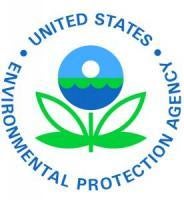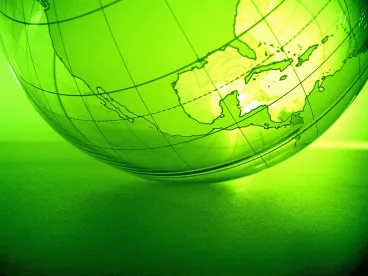Today, the U.S. Environmental Protection Agency (EPA), in collaboration with Mexico’s Secretary of the Environment and Natural Resources (SEMARNAT, by its acronym in Spanish), released a report on accomplishments from our successful collaboration to protect the environment and human health along the U.S.-Mexico border. “The Border 2020: United States-Mexico Environmental Program Highlights Report,” Autumn 2018, summarizes the results of 22 projects successfully completed from 2016 to 2018 to achieve goals addressing clean water, wastewater infrastructure, air quality, solid waste management, environmental emergency response, and environmental stewardship.
“EPA and SEMARNAT’s binational collaboration has led to significant environmental and health improvements in our border communities, especially for underserved and disadvantaged populations,” said EPA Acting Administrator Andrew Wheeler. “EPA and SEMARNAT are committed to engaging with state, local, and tribal governments and communities along the border to address our shared environmental challenges.”
The report illustrates the collaborative work of government, academia, non-governmental organizations, indigenous communities, local communities, and the private sector to protect the environment along the U.S.-Mexico border and improve the well-being of the border residents. It also showcases the capacity building efforts, best practices, and information sharing that has succeeded in reducing risks and increasing economic, environmental, and health benefits in the region.
“EPA and SEMARNAT have a strong history of collaboration to improve the environment and quality of life for communities in the U.S.-Mexico border region,” said EPA Region 6 Regional Administrator Anne Idsal. “This year’s report highlights what our agencies can achieve when we work together with local leaders and governments toward common goals.”
“EPA, SEMARNAT, and our state and local partners are making tremendous improvements throughout the border region, and are focused on addressing transboundary flows of sewage, sediment and debris,” said EPA Region 9 Regional Administrator Mike Stoker.“From demonstrating reductions in truck pollution at the Mariposa Port of Entry to reducing asthma triggers by 80% in some Imperial Valley homes, our bottom-up approach is making measurable improvements in people’s lives.”

Report Highlights
-
In 2017, through the North American Development Bank, EPA announced a new project application cycle for Border Water Infrastructure Program funding. This cycle identified over 60 eligible drinking water and wastewater projects with a total estimated construction cost of $296 million dollars that address public health and environmental conditions along the border.
-
Initial results from the pilot project at the Mariposa Port of Entry in Nogales, Arizona(an important land port along the U.S.-Mexico border with over 7 million vehicle crossings per year, including 350,000 truck crossings), show how decreased wait times have successfully reduced emissions from idling. This pilot program is expected to significantly reduce wait times, from 8 hours to 1 hour, for northbound cargo trucks. This reduction in wait times will reduce emissions from idling vehicles and accelerate commerce.
Background
The Border 2020 Program is managed by the U.S. Environmental Protection Agency and Mexico’s Secretary of the Environment and Natural Resources. It is implemented through a regional, bottom-up collaborative approach for decision-making, priority setting, and project implementation to improve environmental and health conditions along the U.S.-Mexico border.
Since 2003, through 108 funded projects, EPA and SEMARNAT have provided access to safe drinking water to 70,000 homes and first-time wastewater collection and treatment to 673,000 homes.
View original article at https://www.epa.gov/newsreleases/epa-releases-2018-border-2020-us-mexico-environmental-program-highlights-report




 />i
/>i
